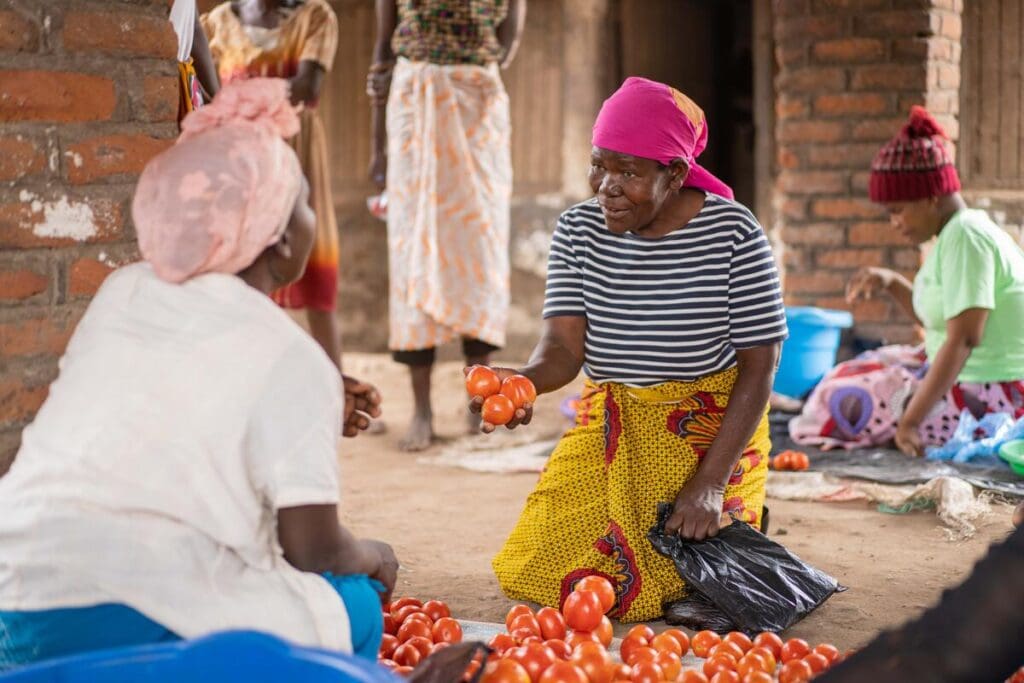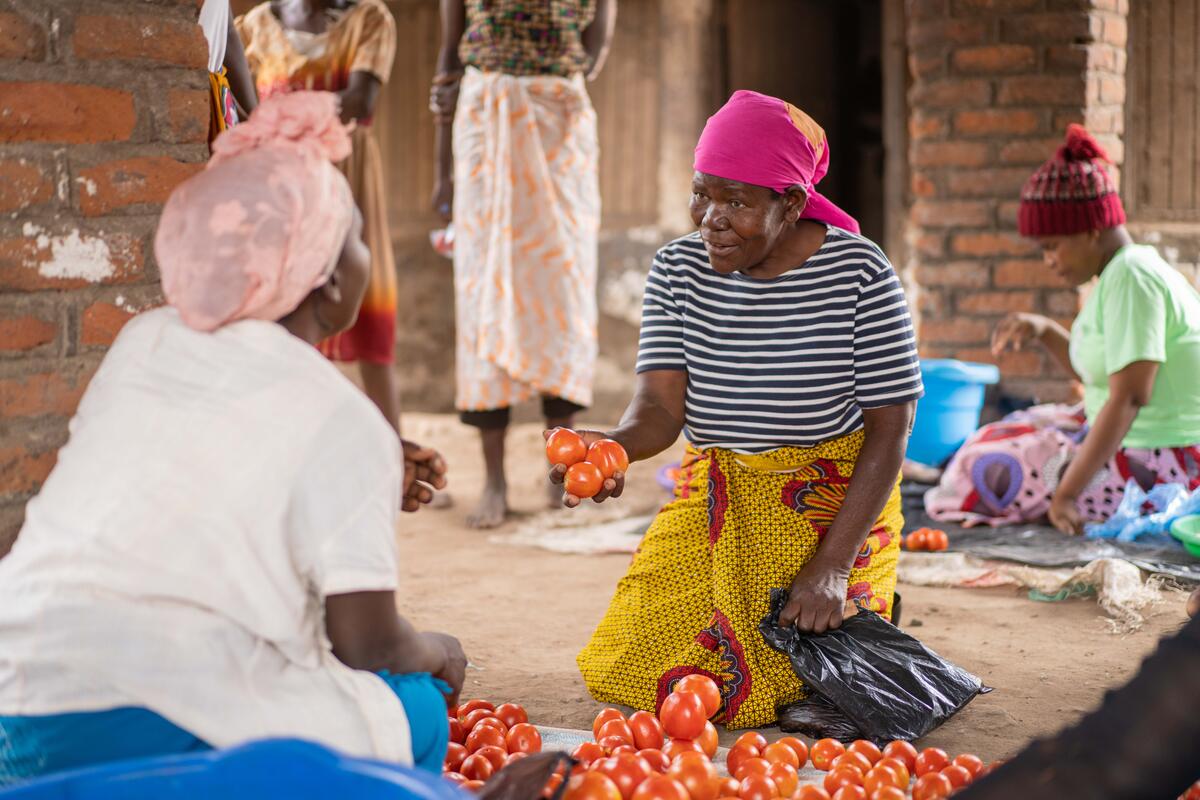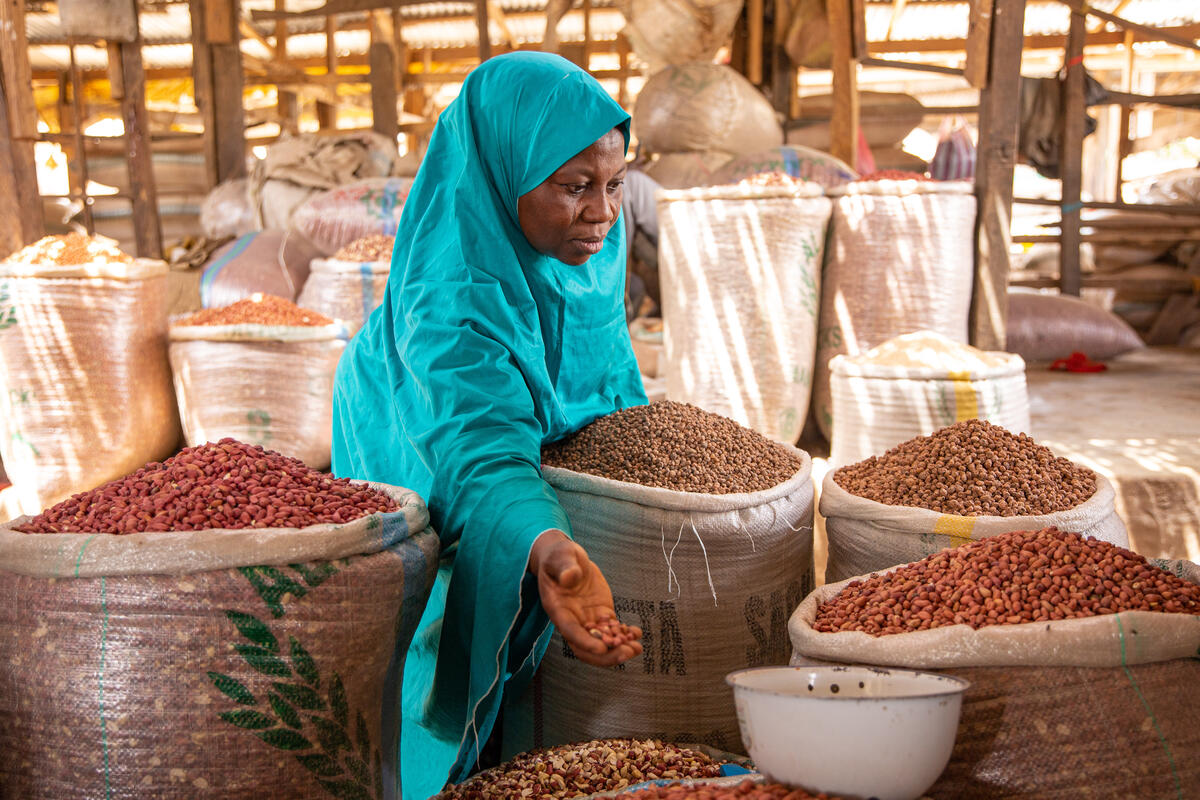Food, Feed & Fuel: What’s Behind the Recent Rise in Global Food Prices?

When the COVID-19 pandemic struck early in 2020, fear began to mount around global food supply chains. Food shortages at supermarkets in the United States prompted early fears of food price spikes and parallels were quickly drawn to the 2007-08 crisis.
But despite those fears, global agricultural trade did not grind to a halt during the pandemic and the prices of staple foods like corn, wheat and rice remained stable. Food prices even fell slightly early in the pandemic and today, there is no food shortage taking place at the global level.
Yet, food prices have surged to levels not seen since July 2011. The U.N. Food and Agriculture Organization (FAO) Food Price Index—a measuring stick for the price of commonly traded global foods—rose nearly 3 percent between September and October, reaching levels 31 percent higher than this time last year.
So, what is driving the current rise in food prices and how does it affect the world’s most vulnerable people?
What You Need to Know
- While supply chain issues never stopped food trade outright, backups and slow-downs are still happening at border crossings and driving up shipping prices.
Rising demand in the food, feed and fuel sectors is stoking speculative buying and pushing food price increases. - All these economic dynamics are playing out amidst a climate crisis that is stoking fears of crop and animal losses.
- While the last food price crisis of 2007-08 was driven by supply shocks alone, this present crisis is one of both supply and demand.

Only 20 percent of food supply chains in Africa and South Asia operate like they do in the United States, with commercial farmers providing food through channels destined for modern supermarkets. Instead, food is largely provided by small-scale farmers moving food through informal markets, relying on a complex network of small businesses.
1) Lingering Effects of COVID-19 Supply Chain Disruptions Continue to Plague the Global Food System
While these supply chain issues never stopped food trade outright, backups and slow-downs are still happening at border crossings due to pandemic-related restrictions. For ships that were forced to dock in the closest port during COVID-19 lockdowns, the painfully slow process of realigning with supply chains is driving up prices.
The pandemic-induced global recession also disproportionately affected low-income nations by causing a depreciation of local currencies. Such nations are now suffering from a triple whammy: higher food prices, increased shipping costs and reduced purchasing power.
2) Increased Demand Drives up Prices
As the demand on shipping has increased, some major economies are also beginning to roar back to life which puts added pressure on supplies. A heavy demand for meat, especially from major food-importing nations, has driven up prices on animal feed grains like corn and soybeans. As drivers return to the roads in the United States and Europe, the demand for biofuels is picking up swiftly too.

Market indications of steady demand across each of these food, feed and fuel sectors are signals to traders that further price increases may be in store. This has led to speculative buying which, in an ironic cycle, pushes prices up higher.
3) Weather-Related Supply Shocks
All these economic dynamics are playing out against a background of an intensifying climate crisis that stokes fears of yield and production losses:
- Facing the worst drought its seen in nearly a century, Brazil has recently downsized its corn crop projection by almost 10 percent.
- In the United States, North and South Dakota generally experienced unseasonably high temperatures this summer and a lack of rain as their cropping season began.
- This past year, Texas was rocked by a winter storm that one insurer believes wiped out $600 million worth of food including leafy greens, onions and citrus fruits.
- Food prices for U.S. consumers, as measured by the Consumer Price Index, have yet to return to pre-pandemic levels, lingering at levels almost 2.5 percent higher than this time last year. The market is in speculation mode, as observers note grain production could be one major event away from skyrocketing prices.

In 2020, the global economy contracted by approximately 5 percent, resulting in the shedding of the equivalent of 500 million full-time jobs, many of them in the informal economy in developing countries. Income and livelihood losses have come to define the COVID-19 era.
An Unprecedented Crisis
Lingering supply chain challenges, increased demand from major markets and weather-related production losses could spell disaster for vulnerable populations around the planet. While the last food price crisis was driven by supply shocks alone, this present crisis is one of both supply and demand.
With nearly 45 million people at risk of slipping into famine—and at least 600,000 already experiencing those conditions—the next year could prove to be a dangerous tipping point for global prosperity and stability.
Chase Sova is senior director of public policy and thought leadership at World Food Program USA. He is also a non-resident senior associate with the Global Food Security Program at the Center for Strategic and International Studies (CSIS) in Washington, D.C. An earlier version of this article originally appeared on the CSIS Commentary site.




